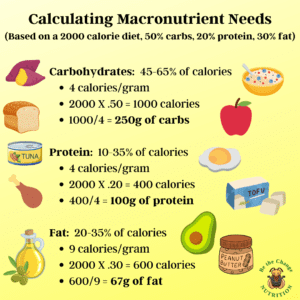
🚩 Needing a cheat day is a red flag that your diet isn’t working for you.
Otherwise, you wouldn’t feel the need to cheat on it. 🤯
When you’re satisfied with what you’re eating day-to-day, you’re much less likely to feel the need to overindulge. 😊
The big problem with cheat days:
They perpetuate a binge/restrict cycle & not a healthy relationship with food & eating.
‘Cheat’ implies you’re doing something bad or wrong.
You’re not cheating on anything. You’re just EATING.
Monday- Saturday:
🥗🍋🥦🍎🥚🍓🥒🫑🥬🥕🍵
Sunday (cheat day):
🍕🍔🍟🌭🍩🍰🍦🧁🍭🍺🍷🍹
🍩 If you’re really craving a donut, eat one– Don’t wait for a cheat day and eat six. And then a whole pizza. 🍕 And then a pint of ice cream. 🍨 All because it’s your one day to eat whatever you want since you’re going to go back to restricting tomorrow. 😕
Tips:
💖 Switch from an all-or-nothing mindset to one of balance. I personally love the 80/20 rule. 80% of the time choose wholesome, nutrient-dense foods and 20% of the time allow yourself to enjoy other foods. Or maybe you feel more comfortable with 90/10 or 70/30. Do what feels right to YOU to support your physical and mental health.
💖 Drop the good/bad food mentality. Food has no moral value. You’re not a good person for eating “good” food and you’re not a bad person for eating “bad” food. See all foods as deserving a place in your diet if you enjoy them. Foods differ in their nutritional value, but it’s what your diet looks like as a whole that matters. Variety is a healthy thing for getting the wide range of nutrients you need plus the pleasure and satisfaction you crave.
💖 Build trust with your body and around food. It makes sense that you feel no control and want to binge on foods you restrict. The way to break this is to begin to allow them back into you diet. Knowing that you can have that chocolate again tomorrow or another time takes away the urgency to eat it all right now. Once you realize that you can have anything you want, those foods lose their allure and power.
💖 Figure out the reasons why your current diet feels limiting. Why do you feel you need a cheat day? Where can you fit in any favorite foods you’re avoiding?
Honor your cravings.
Enjoy food mindfully and with self-awareness.
And without guilt or shame.
Notice what feels good to your body and what doesn’t.
Give yourself permission to incorporate those cheat day foods sensibly into your diet!
If this sounds scary, but you want to get there… I can help you.


























